In March 2020, I was scheduled on a Mekong River cruise to Vietnam and Cambodia with AmaWaterways. I had booked my cabins, received my visas, and cleared my calendar. Then the world shut down. Countries closed their borders and cruise ships came to a halt. Eight months later, I still have no idea when my cruise will be rescheduled for.
Curious to know when will you be able to go on your next cruise vacation? While there’s no certainty, chances are 2021 will bring new changes to the cruise industry, making it safer and viable.
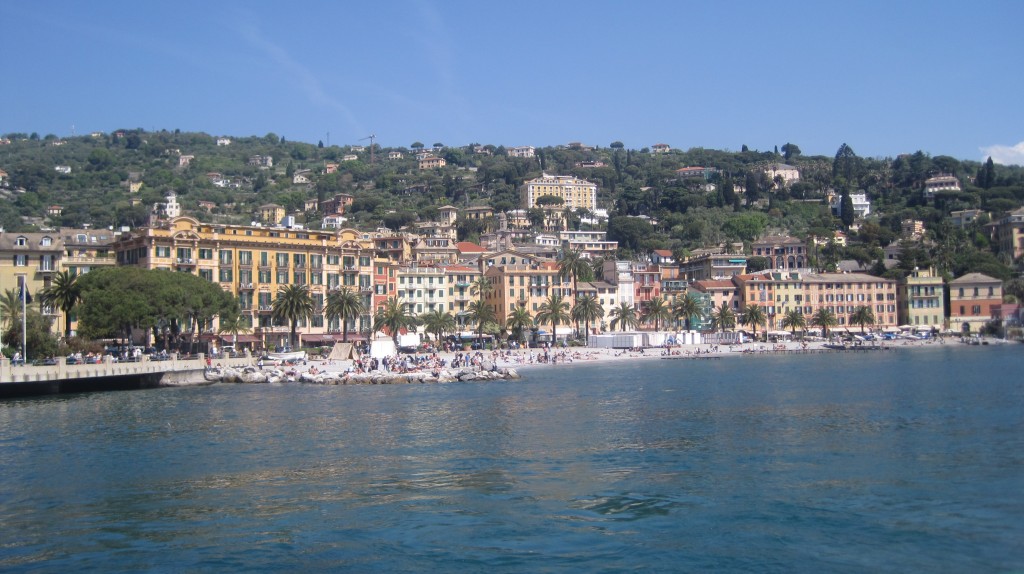
Europe is Sailing
Cruise ships in Europe started sailing in Summer 2020 amidst the pandemic. With only European passengers on board and local (mainly river cruise) itineraries, many of the cruises were able to contain COVID-19 outbreaks. “With enhanced measures in place – including 100% testing for passengers and crew prior to boarding, mask-wearing, physical distancing requirements, highly controlled shore excursions and many more, Cruise Lines International Association (CLIA) members have gradually resumed sailing in Europe and other parts of the world with success,” the organization said. CLIA members comprise 95% of global oceangoing cruise capacity.
AmaWaterways became the first U.S. based river cruise line to resume operations in Europe. They followed protocols outlined by not only the CDC, but the World Health Organization, IG RiverCruise and other official authorities.
US Suspended Until Dec 31, 2020
In the U.S., CDC banned cruising until October. On Oct 31st, it lifted its No Sail Order on cruise ships in U.S. waters, but with a series of requirements – 74 in fact. CLIA member cruise lines extended their suspension of cruise operations through Dec. 31, following the CDC’s latest order, which ended the cruise ship sailing ban but replaced it with an extensive series of requirements cruise lines must undertake to resume sailing again in U.S. waters. These were established by The Healthy Sail Panel.
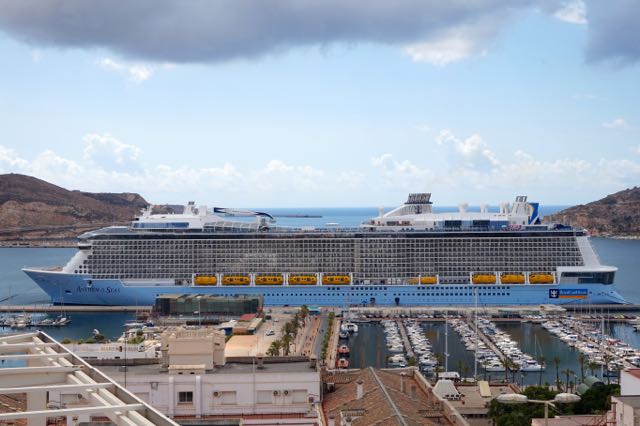
Simulations/ Test Voyages
The framework includes a requirement that ships conduct test sailings prior to restarting commercial operations and present to the CDC a report showing that those sailings were successful in mitigating the risk of spread to crew, passengers and communities.
Once a simulated voyage is complete and the cruise line reports on its results, the CDC will determine whether that ship will receive a Conditional Sailing Certificate or if it must modify its practices or engage in additional simulated voyages.
Also among the requirements is that a cruise line must apply for elements of Conditional Sailing Certificate at least 60 days before a ship plans to launch passenger cruises, which is likely to push any sailing in U.S. waters until at least early January.
More than 100,000 people signed up to take part in Royal Caribbean’s test sailings just days after the cruise line put out a call for volunteers. Sign up here if you want to be on a simulated voyage.
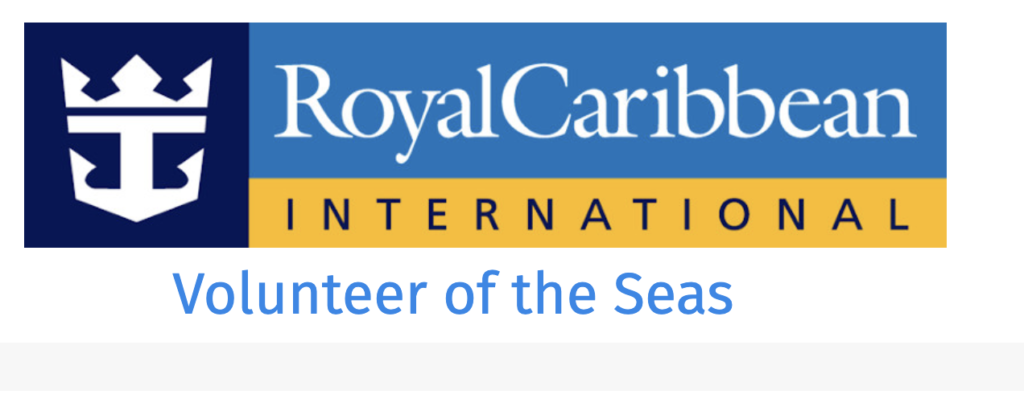
Sailing Agreements
Further, there are new restrictions by the ports. Cruise lines must establish agreements with shoreside healthcare entities in any ports in which they plan to operate, in case they need to evacuate any passengers and crew in need of Covid-19 care to a hospital.
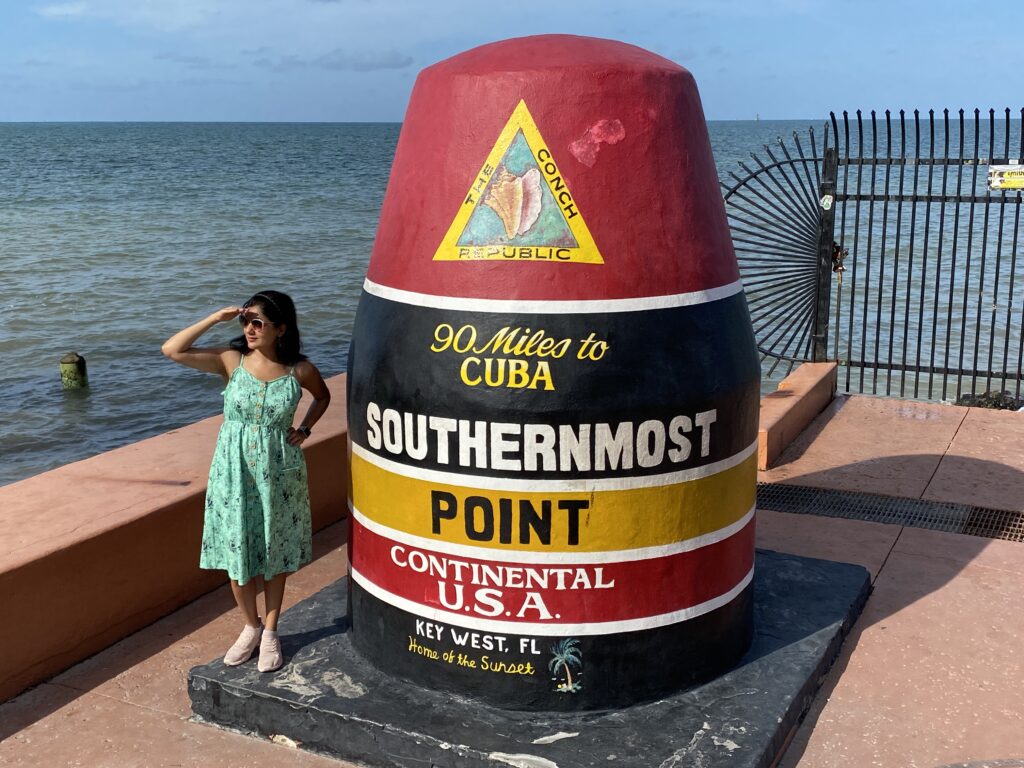
For example, Key West has capped the number of cruisers allowed ashore and the size of ships allowed to dock, and to give priority to ships based on their health and environmental records. Their measures include banning cruise ships that carry more than 1,300 people, including passengers and crew; allowing only 1,500 cruise passengers per day to disembark; and requiring ports to prioritize berthing to companies based on their scores with the CDC’s Vessel Sanitation Program and their record of environmental violations. According to the Florida Ports Council, Key West is one of the busiest cruise ports in the nation, with about 393 ships and 913,323 passengers visiting during the 2018-19 season.
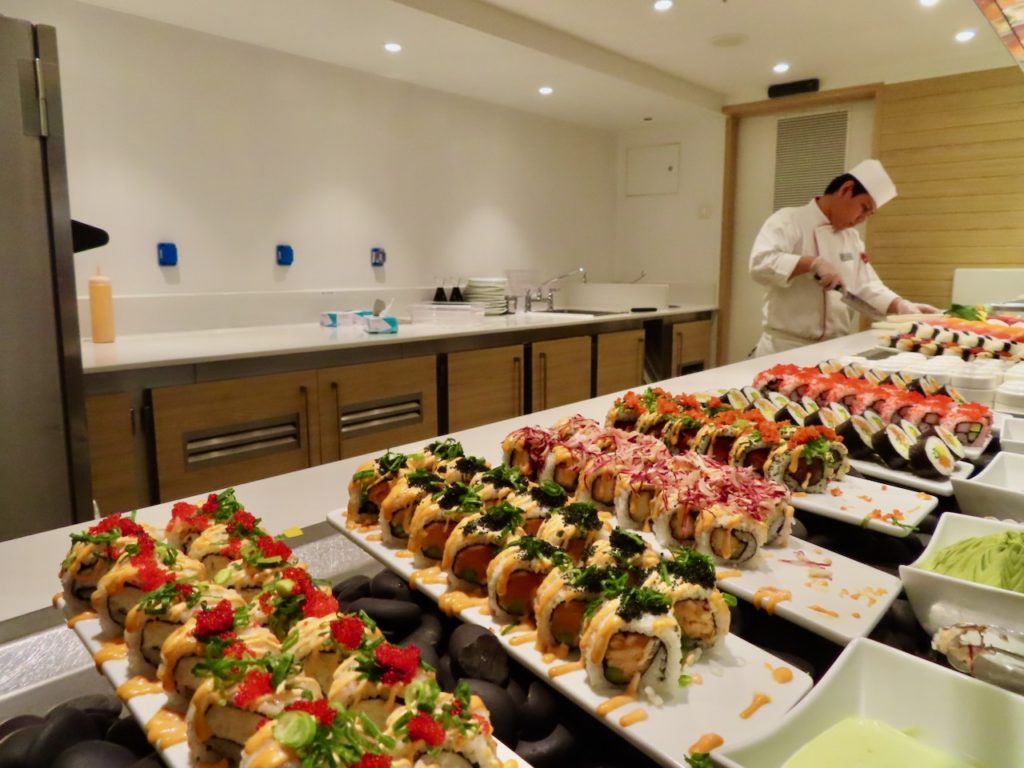
Food and Tours
Meal service and entertainment venues are going to be modified to facilitate social distancing. While most cruise ships around the world stay docked, many cruise lines are launching new designs and new ships. AmaWaterways is replacing buffets with more personalized dining experiences, from à la carte dining to debuting show kitchens on the newly renovated sister ships AmaBella and AmaVerde. Silversea is launching a new culinary focused Silver Moon ship.
Shore excursions may be fewer, and restricted to smaller groups, rather than bus load. Many of these now focus on outdoor adventures, natural spaces, sustainability and ecotourism.
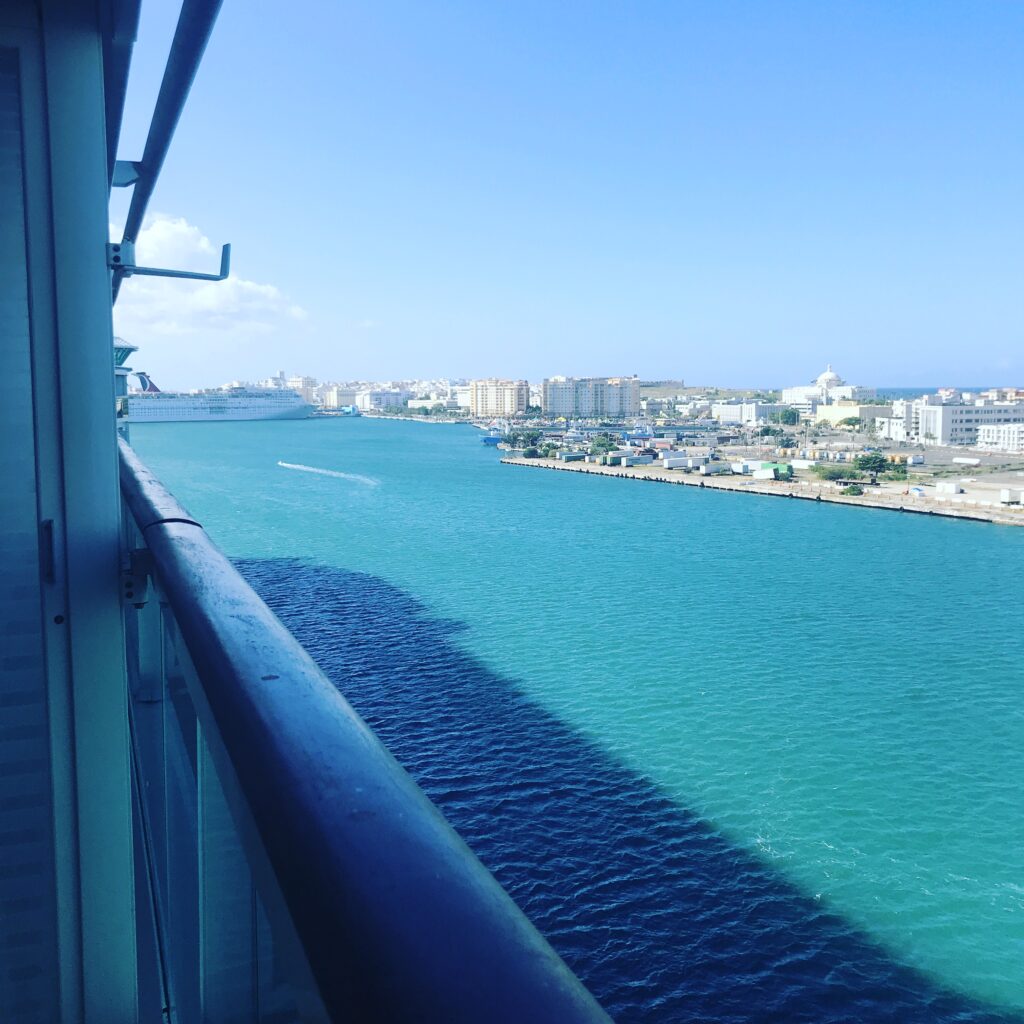
Smaller
Heard of barges, gulets or Turkish schooners? Luxury tour operators and yacht rental companies are seeing growing demand from first-time customers and ocean cruisers for the variety of small-boat products that enable families or groups of friends to travel in their own bubble.
These include slow traveling river barges that carry six to 18 passengers. They have sails but are typically powered by engines. You can do a full buyout to create your own itinerary and meals in a Covid-safe bubble. Where could you go? Turkey, Croatia, Mexico, and most of the Caribbean is open to US citizens.
Also important to note that The Framework for Conditional Sailing Order applies to all cruise ships, which the Order defines as commercial passenger ships with the capacity to carry more than 250 people and where an overnight stay onboard by passengers or crew is anticipated.

Private Islands
To avoid crowds and port agreements, some cruise lines are developing their own private island, just for the passengers to enjoy. Expect more itineraries from Norwegian Cruise Line Holdings. CEO Frank Del Rio said that the cruise company is the only one with a private destination in both the Bahamas, with Great Stirrup Cay, and the Western Caribbean, where it developed Harvest Caye in Belize.
Meanwhile, Royal Caribbean International’s senior vice president of sales, trade support and service, confirmed that the first sailings the line will offer when it resumes service will be short cruises to its private island, Perfect Day at CocoCay.
Continuous Testing
When you do get on a cruise, expect to be tested before and during the sail. According to Viking Cruises, “Continuous PCR testing, along with our extensive onboard hygiene protocols, will lead to making Viking ships a safe place to get away to and explore the world.” The Norwegian cruise operator has installed a laboratory capable of running daily Covid-19 tests on all guests and crew onboard its 930-passenger Viking Star.
When onboard infections are detected in time, they can avoid any ship wide outbreaks. The important things is that the ships have a procedures (and space) to isolate those who are infected.

Cruise Restart Will Take Time
It is unlikely that cruise ships will start sailing in January 2021. It takes time to bring crew from various countries, quarantine and test them, provision and prepare ships for service, and deploy them to ports. This will likely take a minimum of two months. The bigger piece for all the cruise lines is to combat media negativity and consumer fears.

Economic Impact
Why should you even care? With rising COVID-19 cases, who wants to book, let alone go on a cruise in the distant future?
CLIA says that each day without cruise operations in the U.S. results in nearly 1,000 American jobs lost and that from mid-March through today (Nov 2020). It is estimated that the suspension of cruise operations has resulted in a loss of more than $25 billion in economic activity and over 164,000 American jobs. Globally, the cruise industry generates over $150 billion in economic activity every year, supporting 1.17 million jobs paying more than $50 billion in salaries and wages.
“The positive news regarding a vaccine, together with our Travel Waiver Plus program, proven health and safety protocols, and innovative designs give guests peace of mind,” says Kristin Karst, Executive Vice President and Co-Founder of AmaWaterways.
And when you return from your cruise ship or river cruise voyage, check here for the latest CDC advise to passengers.